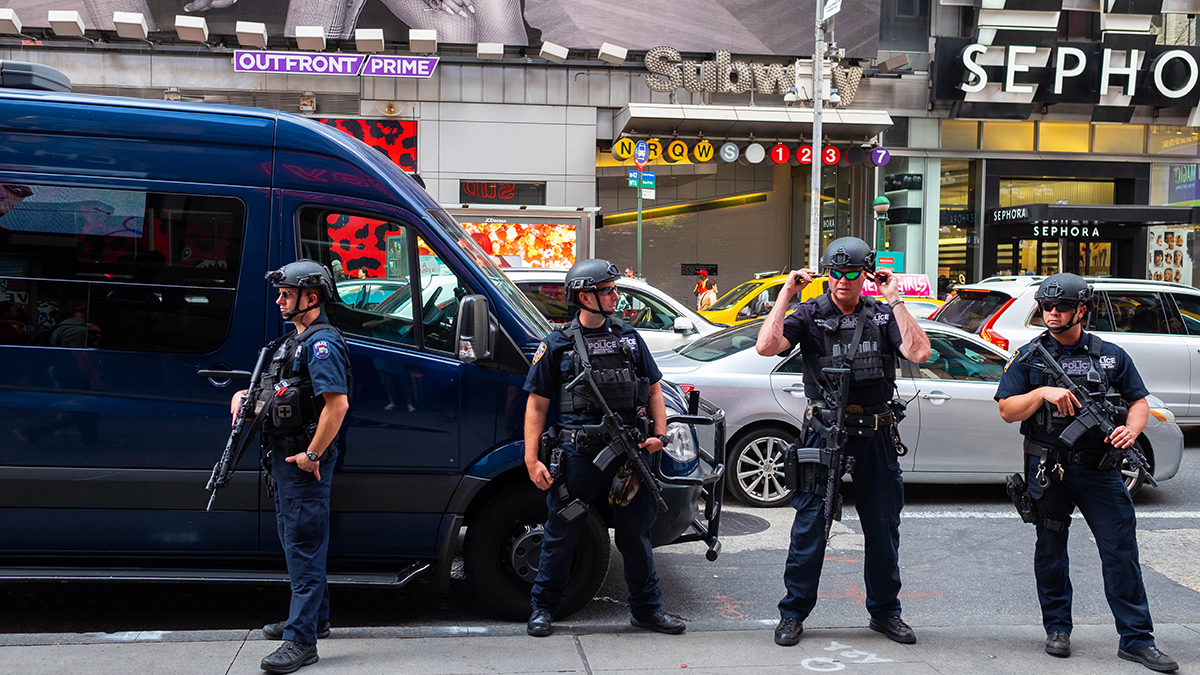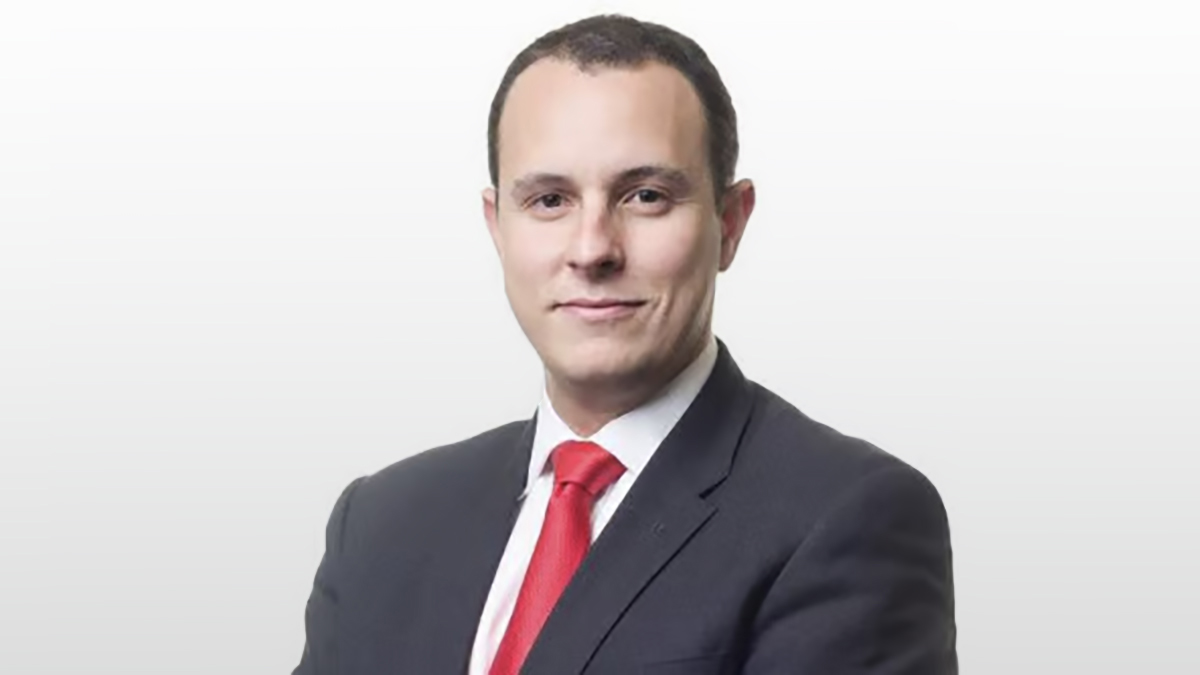Uptick in ‘lone wolf’ attacks drives demand for active assailant coverage
Changing nature of terror threat means while property damage may be less of an issue, liability, medical cover, crisis response and loss of attraction are increasingly of concern
London’s standalone terrorism and political violence market is introducing new products and coverages in response to the changing risk environment
Rising geopolitical instability and a change in the nature of the domestic terrorism threat is driving interest in new political violence and terrorism products.
While the geopolitical situation in traditional high-risk areas, including the Middle East, is as turbulent as ever, an uptick in the number of lone wolf and active assailant events – particularly in the US – has led to increased demand for coverage at home.
“Given, sadly, the geopolitical instability we’re seeing in the US, potentially the rise again of homegrown terrorism incidents, there is obviously uncertainty in the minds of businesses, risk managers, banks – which often kind of make our market through lender requirements,” James MacDonald, terrorism class underwriter at Lloyd’s insurer Aegis London, says.
Last month, Aegis doubled the capacity of its digital terrorism consortium Shield to $500m and added a standard sub-limit of $5m for loss of attraction and denial of access. “The changing product reflects the changing nature of the risk environment,” MacDonald says.
Since Covid there has been a sharp increase in active assailant and shooting incidents. Mass shootings in the US increased 43% in the 10 years to 2023, while Europe has seen a sharp rise in lone actor violent extremism.
Such events would not necessarily be considered terrorism under all policies, MacDonald says.
In response, many carriers have launched active assailant coverages, including insurer Markel and specialty managing general agents Optio and CFC. In the US, these offer insureds additional coverage to the Terrorism Risk Insurance Program – a post-September 11 federal backstop created under the Terrorism Risk Insurance Act (Tria).
Lloyd’s re/insurer IQUW became one of the latest companies to join the fray in March this year with the launch of its own product.
Kate Hughes, underwriter for political violence, terrorism and war at IQUW, says the increase in lone wolf attacks is markedly different from other forms of terrorism because of the difficulties in determining motives.
“We are now seeing general liability policies restrict their cover, which is driving an increase in demand for terror and active assailant liability in the political violence insurance market”
Kate Hughes
IQUW
The New Orleans vehicle attack in December 2024 was just one example of this. “The attacker mentioned Islamic State, while also discussing his divorce and desire to kill his family, therefore there is no clear reason as to why he carried out this attack,” Hughes says.
“This is also the case for the 2017 Las Vegas shooter and the attacker at the Trump rally. In addition, as the attacks are smaller and more targeted, the coverage of property damage is less of a concern.”
While property damage may be less of an issue, liability, medical cover, crisis response and loss of attraction are a concern and are increasingly being covered by active shooter policies, including IQUW’s. “We are now seeing general liability policies restrict their cover, which is driving an increase in demand for terror and active assailant liability in the political violence insurance market,” Hughes adds.
Carriers are also providing additional resources to businesses facing active assailant threats – just like many cyber underwriters now also offer cyber security. For example, last year specialty re/insurer Chaucer partnered with technology firm Gabriel to offer insureds, including schools, universities and places of worship, alerts on local threats and real-time crisis response in the event they are directly affected. “By incentivising preventative measures, this forward-thinking insurance is focused on getting ahead of threats with smart technology and not just pay for their consequences,” Gabriel chief executive, Yoni Sherizen, says.
As well as the changing nature of the terror threat, digitalisation has helped increase the penetration of these products. “They are intertwined and fundamental to each other,” Calum Williams, digital development manager at Aegis, says.
“Terror is our fastest-growing product on [digital trading platform] Opal, so obviously we want to capture as much of that market as possible,” he continues. “Our brokers were comfortable with the platform and the automated underwriting and we realised there was appetite for expanding from the small to medium-sized enterprise risk we originally targeted to the larger national-scale risks.”
Aegis launched a terrorism liability product on Opal earlier this year as part of a wider strategy beyond the property market to the casualty market. “It’s the same message: if you’re buying Tria, [we offer] a much more comprehensive standalone product,” Williams says. “That’s opened up new opportunities for us and is a good example of who we’re trying to expand our terror and crisis management offering to.”
“Terror is our fastest-growing product on Opal, so obviously we want to capture as much of that market as possible… there was appetite for expanding from the SME risk we originally targeted to the larger national-scale risks”
Calum Williams
Aegis London





